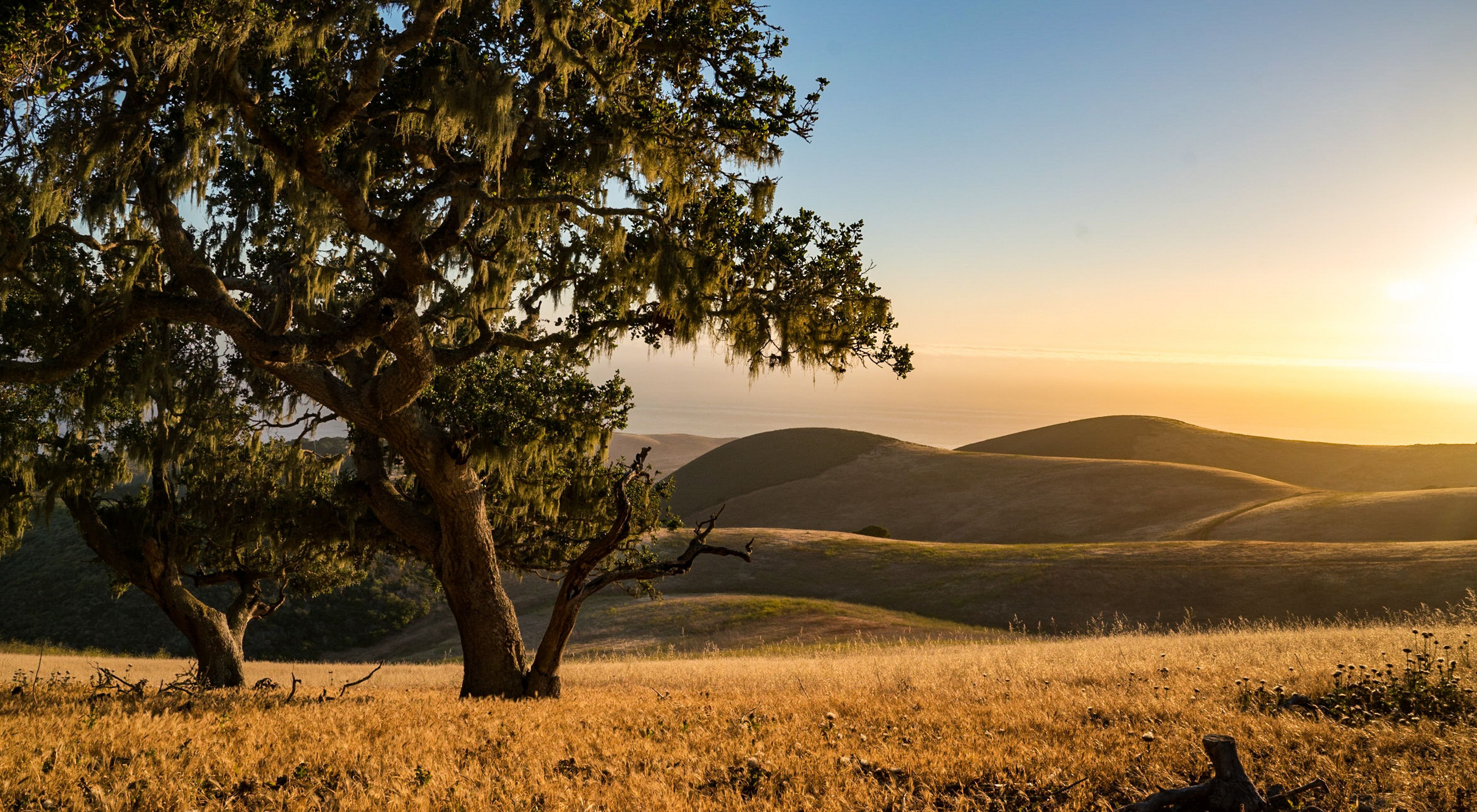If you’re like many of us, you might still be a bit weary from 2018’s barrage of grim environmental stories. Why wouldn’t we be? Our best scientific assessments portrayed a future of food and water scarcity, increasing catastrophic storms, major biodiversity loss and rising sea levels.
Yet, as we see in the major body of research led by The Nature Conservancy, it is still possible to achieve a sustainable future for people and nature–if we make rapid and substantial changes to our current path. In fact, we saw many signs of progress toward a sustainable path in 2018 that we must continue to build on in 2019 and years to come. The scientific reports detailing the future risks for our planet ignited growing energy and attention on working towards global solutions. While there is still significant work ahead of us, I am optimistic about the momentum we are gaining.
Here are seven promising milestones from 2018 that we must continue to build on with urgency:
1. Wyss Foundation Gives $1 Billion for the Planet
The Wyss Foundation launched the new Wyss Campaign for Nature, a $1 billion campaign to help protect 30% of the planet by 2030. The campaign will support locally-led conservation projects, encourage the international community to establish more ambitious protected areas targets, raise public awareness of the conservation crisis and invest in science. All together, these projects will help protect around 10 million acres of land and 17,000 square kilometres of ocean areas across thirteen countries. TNC is among the organisations receiving funding for the first round of projects including Gayini in the lower Murray-Darling.
This incredible commitment by Hansjörg Wyss and his foundation is an example of how an individual philanthropist can make a significant commitment that will contribute to biodiversity and conservation impacts well beyond 2018. We need more of these investments and commitments to enable us to fund projects that set us on a sustainable path forward.
2. Global Climate Action Summit Energises the World
Thousands of leaders and people from around the world convened in San Francisco, California for the Global Climate Action Summit to work together in accelerating action on climate change. This summit not only highlighted the importance of local leaders in global climate action, it also marked a turning point in the recognition of nature’s importance for solving climate change—driven in no small part by the work of the Nature4Climate coalition, of which TNC is a member.
Tackling climate change will require collaborative and transformative action at all levels and in all sectors of society. Recognising this, over 500 commitments were made at the Global Climate Action Summit by government leaders, businesses, regional groups, and major investors. Now we need to build on this momentum and drive even more significant commitments and greater implementation of natural climate solutions.
3. Micronesia Sets the Standard for 100% Transparency in Fisheries
Marking a major milestone for global fisheries management, the Federated States of Micronesia (FSM), supported by The Nature Conservancy, announced a shift to 100% transparency for its globally-significant tuna fishery, and challenged its fellow Pacific Island nations to follow suit.
It’s a courageous step by FSM President Peter Christian that deserves to be celebrated. FSM and its peers in the Pacific are small nations population-wise, but they are powerhouses in the global fishing industry. This commitment is an example of the action that needs to be taken by leaders around the world—transparency is key to implementing the sustainable fishing practices we need to ensure we protect marine biodiversity and maintain the fishing stocks the world depends on for food.
4. Techstars Launches the Sustainability Accelerator
The Techstars Sustainability Accelerator in partnership with The Nature Conservancy launched the inaugural class of the three-month Sustainability Accelerator program in mid-2018. The mentorship-based program based in Denver, Colorado helps entrepreneurs scale technology designed to address our food, water and climate challenges.
In just one year of the Sustainability Accelerator we’ve already seen smart solutions that will help us to make fisheries more sustainable, quantify the economic benefits of nature, create better software to support battery storage for renewable energy, and harness the power of data to improve water quality and quantity. I encourage all entrepreneurs with commercially viable sustainable technologies to apply to our next Techstars Sustainability Accelerator class. Because if we are to successfully achieve a sustainable future, we must harness the innovation and rapid development of the tech sector to find smart solutions to the growing challenges we are facing.
5. Mexico to Pioneer an Insurance Policy for Nature
A public-private investment partnership will fund the ongoing maintenance and reconstruction of reefs and beaches along a portion of Mexico's Yucatan Peninsula. It’s a smart, proactive investment in nature’s protective capacity. But the real milestone is the purchase of an insurance policy to fund restoration of the reef—a first-of-its kind insurance-for-nature policy that represents a win for conservation, for the community and for Mexico's eonomy
The example in Mexico demonstrates how novel insurance products can be created to protect natural resources. In the wake of storms, it pays to restore the reefs that provide protection to shorelines. It’s an idea that has the potential to be scaled-up to protect coastal communities around the world that are threatened by rising sea levels and increasing severe storms.
6. Mongolia Protects Nature at Scale
In 2018, TNC celebrated 10 years of conservation in Mongolia. Since The Nature Conservancy began working in Mongolia in 2008, we have been working with the Mongolian government and partners to help protect and sustainably manage 120 million acres—fully 30% of the country—by 2030. This achievement in Mongolia is particularly important because grasslands are the planet’s least protected and most altered terrestrial habitat; only 5% of the world’s remaining grasslands are protected.
To ensure these lands remain protected, we are working with communities to help them gain secure access to their grazing lands, implement sustainable practices and improve their incomes from food and fiber production (e.g., yak and camel wool). We’re also working with partners in government and industry to ensure that when development happens, it’s in the right way and in the right places, demonstrating how our "Development by Design" approach can benefit people, nature and business. When the nations of the world meet in 2020 on biodiversity, this continued work in Mongolia will stand as an example of how people and nature can thrive sustainably.

7. Scientists Prove We Can Still Have a Sustainable Future
Last but not least, The Nature Conservancy, together with the University of Minnesota and 11 other institutions, analysed the feasibility of advancing major conservation goals while meeting the demands of population and economic growth in 2050. The research paper, “An Attainable Global Vision for Conservation and Human Well-Being,” presents a scientific test of a vision for the future where thriving human communities and abundant, healthy ecosystems coexist.
The research makes it clear: with the global population expected to grow to 10 billion by 2050, if we stay on today’s “business-as-usual” path, this growth and the accompanying demand on our natural resources could lead to major biodiversity loss, catastrophic climate change and a growing number of other environmental challenges. The good news is that the research shows us there is still hope for a brighter future if we make significant progress on the path to sustainability in the next 10 years.
Just knowing this future is still scientifically possible is energising—and these findings can form a bridge to the people and institutions in other sectors who can help us drive change. We must continue to build on these findings and illustrate the impacts of our current path to the public. This research sends a message of hope, but it’s also one of urgency—now’s the time to act if we want to get on the path to sustainability.



